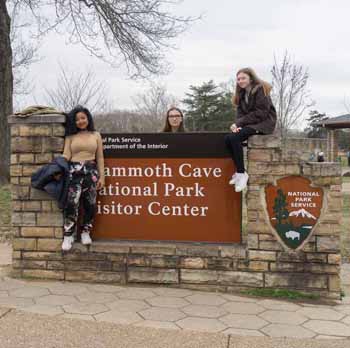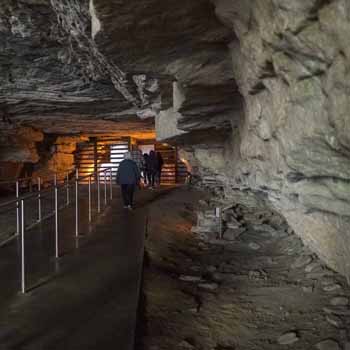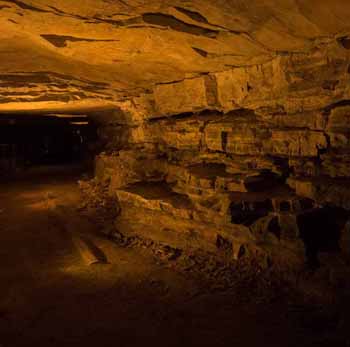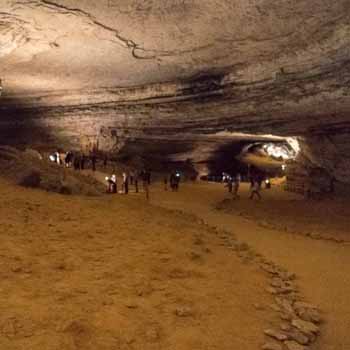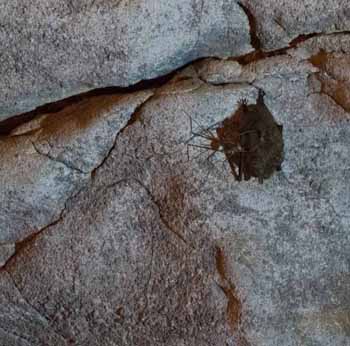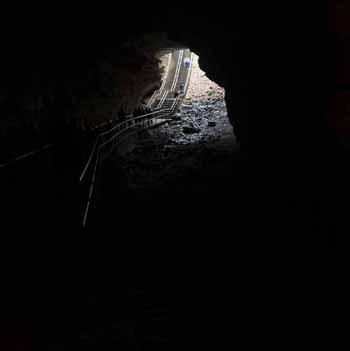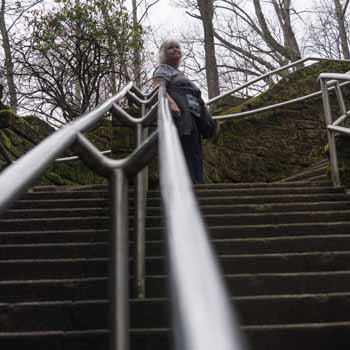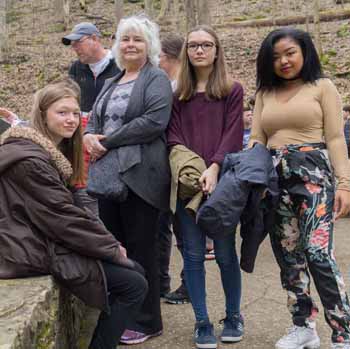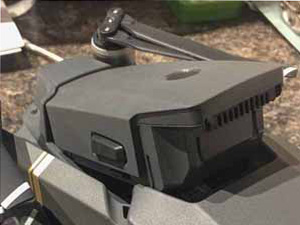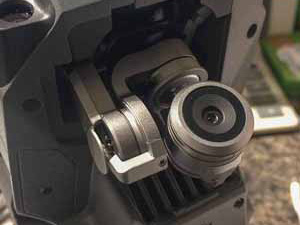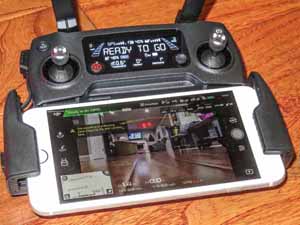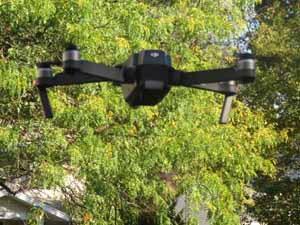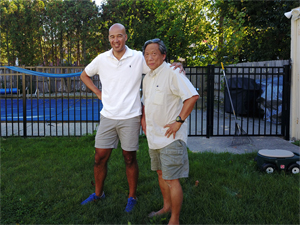Online Magazine
Recent Posts
- Safeguard your Cellphone Photos
- Black & White to Color – Instantly
- Wearing Many Hats
- Video Roundup
- Rescuing Your Blurry Pictures
- Showing Their Age
- What is Your Angle?
- Panorama Photos
- Humorous Photos
- Close Ups
- Fisheye Pictures
- Photo Antiquities
- Printing Big
- Appreciating Scale
- Celebrity Sightings
Tags
More Places to Go
- Free "How-To" Books “How To” books for popular cameras 0
- Vist Us on Facebook keep in touch with us on Facebook 2
Archives
- July 2023 (1)
- March 2023 (2)
- February 2023 (1)
- December 2022 (1)
- October 2022 (1)
- September 2022 (8)
- August 2022 (9)
- July 2022 (1)
- June 2022 (1)
- June 2021 (1)
- May 2021 (1)
- March 2021 (5)
- February 2021 (4)
- January 2021 (2)
- April 2019 (1)
- March 2019 (1)
- February 2019 (1)
- October 2018 (2)
- April 2018 (1)
- March 2018 (4)
- February 2018 (1)
- November 2017 (1)
- August 2017 (1)
- June 2017 (1)
- April 2017 (1)
- March 2017 (5)
- February 2017 (2)
- January 2017 (1)
- October 2016 (1)
- September 2016 (1)
- August 2016 (1)
- July 2016 (1)
- May 2016 (1)
- April 2016 (1)
- March 2016 (2)
- February 2016 (1)
- January 2016 (2)
- December 2015 (1)
- November 2015 (1)
- October 2015 (3)
- April 2015 (1)
- March 2015 (5)
- February 2015 (1)
- January 2015 (4)
- December 2014 (2)
- November 2014 (5)
- October 2014 (2)
- September 2014 (1)
- August 2014 (2)
- July 2014 (1)
- May 2014 (1)
- April 2014 (5)
- March 2014 (5)
- December 2013 (2)
- November 2013 (18)
- October 2013 (1)
- September 2013 (1)
- August 2013 (1)
- July 2013 (1)
- June 2013 (3)
- May 2013 (1)
- April 2013 (2)
- March 2013 (1)
- February 2013 (1)
- January 2013 (1)
- December 2012 (1)
- November 2012 (2)
- October 2012 (2)
- September 2012 (5)
- August 2012 (2)
- July 2012 (1)
- June 2012 (1)
- May 2012 (1)
- April 2012 (4)
- March 2012 (1)
- February 2012 (1)
- January 2012 (3)
- December 2011 (1)
- November 2011 (3)
- October 2011 (1)
- September 2011 (2)
- August 2011 (2)
- June 2011 (3)
- May 2011 (4)
- April 2011 (8)
- March 2011 (8)
- February 2011 (10)
- January 2011 (6)
- December 2010 (11)
- November 2010 (14)
- October 2010 (6)
- September 2010 (12)
- August 2010 (2)
- July 2010 (4)
- June 2010 (3)
- May 2010 (1)
- April 2010 (1)
- March 2010 (2)
- February 2010 (1)
- January 2010 (1)
- December 2009 (1)
- November 2009 (2)
- October 2009 (2)
- September 2009 (1)
- August 2009 (3)
- July 2009 (2)
- June 2009 (1)
- May 2009 (2)
- April 2009 (1)
- March 2009 (2)
- February 2009 (1)
- January 2009 (3)
Low Light Photography
30th March 2019
It’s Dark Down There
For those interested, these photos were taken with a Sony A7 III camera using a 24-240mm lens. In most cases, the ISO setting was 16000 or 32000 and taken handheld with a shutter speed of 1/15 or 1/30 and aperture as wide as f/3.5. I think the photos are of pretty decent quality considering the cave environment.
Drone Time – the Mavic Pro
08th August 2017
Remote Photography Made Easy
At this year’s Wedding & Portrait Photography International (WPPI) trade show I made it a point to watch several live demos of drones. Why, you may ask, are there drones on exhibit at a conference dealing with photography? Well, judging from their impressive video capabilities, drones are frequently used to record weddings. Although it’s been a while since I ended my stint as a wedding photographer, I’m still quite taken by the possibilities and usefulness of drone photography.
After talking to a few of the drone sales representatives at WPPI, I purchased the Mavic Pro. This compact unit has many impressive features – foldable rotors, interchangeable battery, gimbal mounted 4K video camera, micro SD card to record images, remote controller with multiple flight modes, live streaming to your smart phone.
Following, I’ll give you a quick look at some of the above-mentioned features that I make this a worthwhile investment for my flying pleasure – and the pleasure of a few of my grandkids.
The Mavic Pro sells for about $1000. For more information about the Mavic Pro please visit DJI.
CES 2015 – The Drones
24th January 2015
The Consumer Electronics Show – Drones
For more than 30 years, I’ve started the New Year with a trip to the Consumer Electronics Show. CES is the premier showcase for new and innovative techie products that are in line to hit the store shelves.
This year I notice the proliferation of 3D printers and picture-taking drones at the show.
Earlier, I wrote a short article about 3D Printing Technology that I saw at CES.
There’s plenty of controversy surrounding the use drones for commercial purposes, manufacturers from around the world are gearing up for battle as they try to outdo each other on features, price, and speed to market. This article presents several of the picture-taking drones that I saw at the show.
Robotix Ghost+ |
|
| This is the Ghost+ quadcopter.
Its payload is a GoPro camera mounted on a controllable gimbal and has a GPS receiver, gyroscopic controller for smooth flight, retractable landing skids and can stay airborne for 18 minutes. The WiFi module lets you stream the video remotely to a smartphone and/or tablet. The suggested price of the Ghost+ is $1300. |
 |
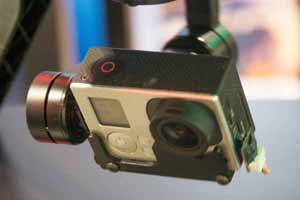 |
 |
| For more information about the Ghost+, please visit Thunder Tiger Group.
|
|
DJI Inspire 1This is DJI’s newest model – Inspire 1. It has a bult-in gimbal-mounted 4K video camera that can be remotely positioned, real-time feed to the controller and automatic takeoff and landing. |
|
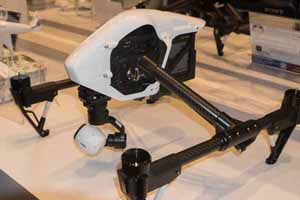 |
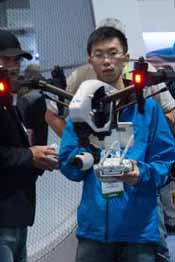 |
| Price is $3400 with dual remotes – one for flight control and the other for camera control.
For more info, please visit DJI.
|
|
Proto-X FPV |
|
| The FPV quadcopter is equipped with a 1280 x 720p video camera.
Notice that the controller has a built-in video screen that displays the captured video in real time. It is gyro stabilized for steady movie. The suggested price is $350. For more info, please contact Hobbico |
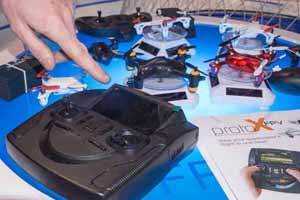 |
Zano – the nano drone |
|
| Zano calls itself a “sophisticated nano drone”. It’s so small that it fits in the palm of your hand.
Your smartphone or tablet is the controller. Simply tilt your phone left, right, forward or backward and the Zano follows. Other onscreen icons control the altitude, rotation, capture, etc. This is a prototype model and Zano tells me that production begins in July 2015. Price in UK Pounds £170. For more information, please visit Zano. |
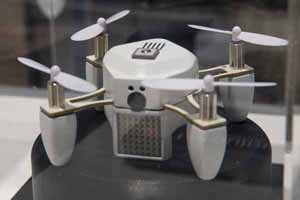 |
|
|
|
As a former participant in the flight simulation industry, I’m in awe of the drone “landscape”.
As I watch these new models flying at CES, I am amazed at how quickly the technology surrounding drones has progressed. In addition to highly competitive prices, these devices are much easier to fly – many with auto takeoff and auto landing capability – and features such as gimbals, streaming and navigation are truly impressive.
Written by: Arnie Lee
Newer Posts »
